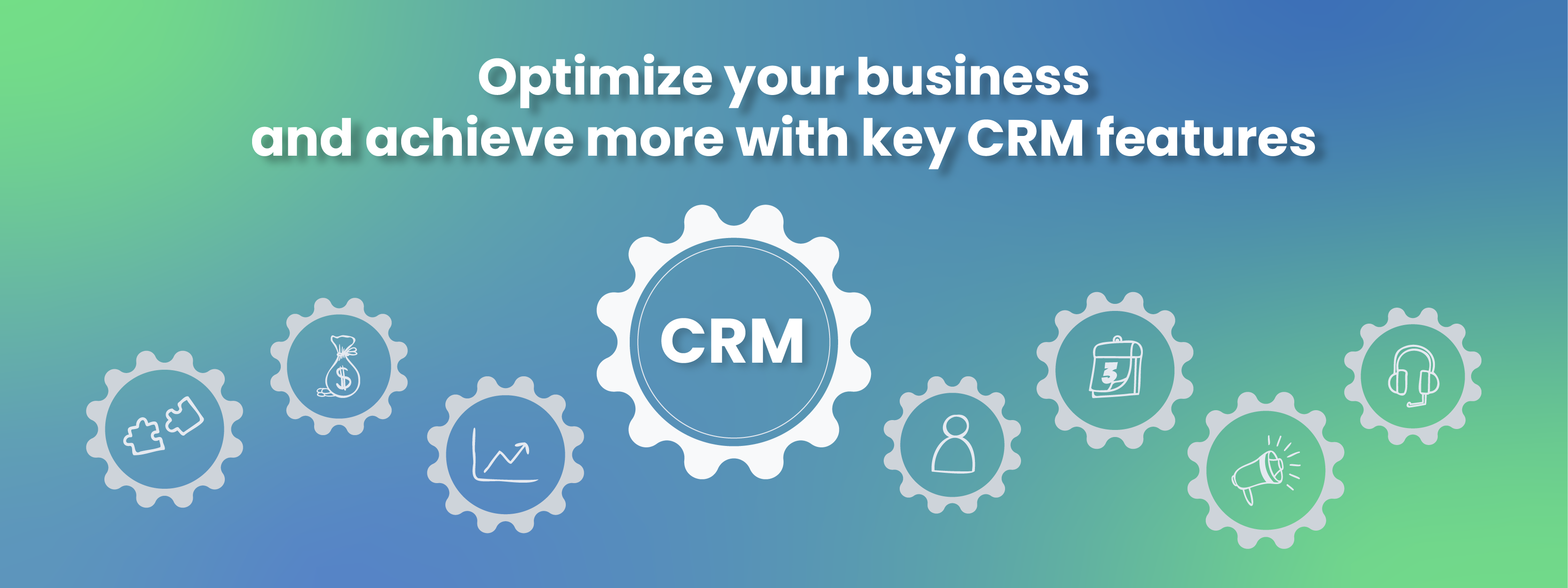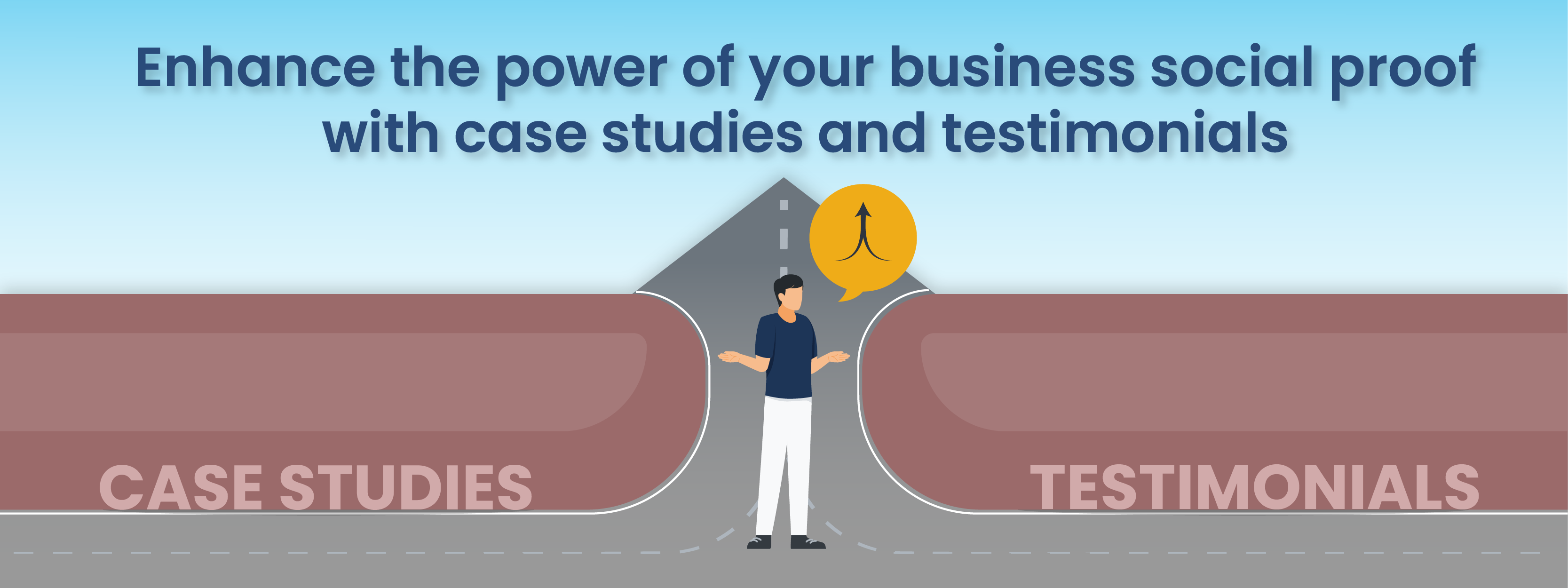Introduction
As email continues to be the most preferred communication channel for customers, it’s very important for businesses to rethink their email marketing strategy. Every day, on an average, your customers receive over 100 business emails. So, to build an authentic connection with your customers, you need to write emails that provide relevant and valuable information at the right time.
In this email marketing guide, we will explore the potential of email marketing and learn how to design and send effective email marketing campaigns.
Why is email marketing still important
After the enforcement of GDPR, businesses feared that the Golden Age of Email Marketing could come to an end. However, a post GDPR survey on customer engagement reveals that customers still prefer to receive marketing messages over email the most and find the email content to typically be the most relevant to them. When ranking eight marketing channels in order of preference, 73% place email in their first or second place and 90% place it in their top four. This reiterates the fact that email continues to be the best channel to engage prospects and customers.
Note: To get the best results from email marketing, you need to focus on sending relevant and timely emails to people who have opted to hear from you.
Here are a few marketing emails that add value to your prospects and customers:
- Lead nurturing emails: These emails help your prospects learn how they can use your product or service to achieve their goal.
- Personalized product or service recommendations: These emails help to keep your product and services on top of your prospects’ minds for the time when they are ready to engage.
- Newsletters: These emails are weekly or monthly round-up of your industry news. Use newsletters to share relevant blogs and useful assets with your subscribers.
- Reengagement emails: These emails draw attention to the new features and improvements in your products and service since the last engagement.
Running an effective email campaign in the GDPR era
With GDPR in place, marketers need to take permission-based email marketing approach to ensure that they adhere to the laws.
Recommended read: What is GDPR
You need to take the following steps to run a successful email campaign post GDPR:
- Build a permission-based email list
- Segment and target subscribers
- Craft an effective email copy
- Create beautiful templates
- Trigger email campaign
- Measure performance and tweak
Build a permission-based email list
Permission-based email marketing, as the name suggests, is the practice of getting consent from people before adding their email IDs to an email list. Generally, the consent for receiving marketing emails can be either implied or expressed. Implied consent is when you can infer that a prospect is interested in your marketing emails because she or he provided email ID during a business communication. Expressed consent is when a prospect explicitly signs up to receive your marketing emails.

Bonus: How to send a GDPR complaint email campaign
With GDPR in place, marketers are required to get expressed consent from contacts to add them to an email list. This means you can no longer purchase email lists to shoot your bulk emails. The best way to capture permission is through a double opt-in email. For instance, when a prospect subscribes to your newsletter while submitting a contact form in exchange for a valuable content, you can send an opt-in confirmation email to get explicit permission.
Bonus: 5 simple ideas to grow your email list
Also, to boost open rates and click through rates, set expectations on how frequently the subscribers are going to see your emails and what content they would see. Even better, let your subscribers choose how often they want to receive your emails. And give them the ability to choose what type of content they want to receive. This will build trust in your subscribers by showing that you value their time and their interests.
Segment and target subscribers
One sure way to boost email open and click through rates is by segmenting and targeting subscribers. Your email list consists of people having different profiles, interests, purchase behaviors, and preferences. So, to get the best engagement you need to segment people with similar interests and then send more relevant and better personalized emails.

Usually, subscribers are segmented based on:
- Demographics: Age, geography, gender, job position, and more such information can tell a lot about a person’s buying needs and interests. Collect such demographic information during sign-up and other touch points with your company.
- Psychographics: This segmentation considers customer’s behavior, personality, lifestyle, belief, motivation and other psychological factors.
- Stage in buyer’s journey: Prospects at different stages in the buyer’s journey want to see different types of messages. For instance, while a prospect in the awareness stage would like to see how your product can help them, a prospect in consideration stage would like to receive discounts and offers.
- Purchase history: If you’re selling something that needs upgrade, renewal, replacement or refilling, you can make segments to send targeted emails based on their potential needs. You can also consider purchase frequency and behaviour while segmenting.
- Email engagement: Track opens and click through rates to identify active and inactive users. You can then run campaigns to re-engage dormant customers or target active customers.
Craft an effective email copy
When it comes to email marketing, email copy is one of the most important factors that influence the success or failure of an email campaign. An effective email copy will have:
- A killer subject line
- Compelling preview text
- Personalized email body
- Single call to action
Subject line
Subject line is the face of an email. It is the most important element that determines if an email will be opened or ignored. While there are several ways to write a great subject line, all the best ones have a few things in common:
- They are short: People are increasingly opening emails on their mobile devices. To ensure that the subject line is not chopped off, keep it under 40 characters or about 6 words.
- They induce a sense of urgency or curiosity, or pose a compelling question
- They are personalized
- They start with action-oriented words
Bonus: Boost your email open rates with these 3 subject line hacks
Preview text
Preview text or preheader is the snippet of the email body text appearing after the subject line. Most email clients display 35-90 characters of preview text. If you don’t explicitly state the preview text, email clients will automatically pick the first few words of your email text. Customizing preview text is a great way to complement the subject line with a short, attention-grabbing subject line. Sum up your message or use your CTA in the preview text to increase open rates.
Email body
Your email copy should align with your email subject line. It should deliver on the promise the subject line makes. To keep the copy engaging, make it conversational and scannable. A scannable copy will especially appeal to email recipients who prefer reading their emails on mobile devices. Use headings and bulleted lists to divide content into sections that are easy to understand.
Personalize beyond the name. Use prospect’s past interaction, location or any other personal information to make a deeper connect. Avoid technical jargons and use simple words. And get to the point as quickly as possible.
CTA
The call-to-action is the final masterpiece of a marketing email. Your email should include a single CTA that clearly states what you want your readers to do. The CTA should be easily identifiable and should stand out from the email body. An effective CTA will have action words that focuses on providing value. To encourage your subscribers to take quick action, you can use words that induce urgency or scarcity. To highlight the CTA, you can use a button or other design elements.
Create beautiful templates
People prefer to read beautifully designed responsive emails over simple or plain text. In fact, 80% of people opening emails on their mobile will delete an email if it looks ugly or non-responsive. This means, though you may have valuable email content, your subscribers could easily ignore your email if it’s not in an appealing and easy to read format.
Bonus: Design and send beautiful emails to your contacts with Vtiger’s email template designer
Designing creative emails for every campaign can easily become a time consuming process. In fact, 63% of marketers spend at least two hours per campaign on design and content. This is where email templates come in. Email templates are ready to use email designs which can drastically reduce the time required to launch an email campaign.
Use the following guidelines to create beautiful email templates that reflects your brand.
- Company branding: Add your company logo at the top of an email to ensure the reader knows who the message is coming from.
- Typography: On an average, your email readers spend about 11 seconds on your email. So, you must pick fonts that make your content easily readable. Don’t pick fonts that are not compatible with your readers’ email clients. This list includes all the fonts supported by most email providers: Arial, Arial Black, Comic Sans, Courier New, Georgia, Impact, Charcoal, Lucida Console, Lucida Sans Unicode, Lucida Grande, Palatino Linotype, Helvetica, Book Antiqua, Palatino, Tahoma, Geneva, Times, Times New Roman, Trebuchet MS, Verdana, Monaco.
- Font size and spaces: To provide the best reading experience, keep the header between 22 and 28 pixels. The body should be between 14 and 18 pixels. And use 1.5 line height. Use plenty of white space to give your content some breathing room and make your design more compelling.
- Colors: Pick one or two of your brand colors. Fewer colors you have, the cleaner your design will look. You can add background colors to the header and footer to visually separate them from the body content.
- Images: Make sure that your images are sized correctly to avoid squishing or stretching. Include only the most essential images to keep the file size down.
Trigger email campaign
An email campaign can be either a one-off campaign or a drip campaign that is triggered based on subscribers’ actions. You can easily automate the email campaigns to ensure that the right emails get delivered at the right time.
With the right set of email automation tools, you can automate all of the marketing emails such as welcome emails, lead nurturing emails, newsletters, transactional emails, renewal reminder emails and many more.
Here are the 2 common types of email campaigns you can run:
Regular campaigns:
This is a one-off email campaign that is sent to everyone on or a segment of your email list. For instance, you could send your company newsletters as a regular email campaign. You can even pick a date and time to schedule the regular campaign.
Autoresponder campaigns:

In this campaign, emails are triggered when certain conditions are met. For instance, you can trigger a welcome email when a contact signs-up for your product. You can set various triggers on which the emails get sent. The trigger could be email open or click on a certain link. You can even design a drip campaign in which emails are sent out automatically on a schedule.
Bonus: How to improve your email deliverability rate
Automating marketing emails enables you to drive conversions at scale, while not taking up too much time. Email automation tools allow you to create personalized emails based on how your prospects and customers interact with your brand. While it may take some time and effort to get your email marketing engine rolling, once set, automated email campaigns will help you save considerable amount of time and get better ROI.
Bonus: The ultimate white listing instruction guide to keep you out of spam filter
Measure performances and tweak campaigns
Once your email campaigns go out, you need to measure five important metrics to understand if your campaigns hit it out of the park or fell short. By measuring these metrics you will be able to tweak your future campaigns to meet your revenue goals.
- Open rates: This number shows the number (in percentage) of people who are interested in your emails. If your audience like your email and perceive it to be relevant to them, the open rate will be high. To improve open rates, consider A/B testing the subject lines. Open rates depends on how well you segment and target your subscribers. On an average, marketing emails see 15 to 25% open rate.
- Click through rate: CTR measures what percentage of your email recipients clicked on the links in your email. This metric helps you identify people who are really interested in your offering. You can A/B test calls-to-action to improve CTR. The more personalized and relevant your email is, the better CTR it gets.
- Bounce rate: Not all the emails you send get delivered to your email list. The bounce rate measures the number of emails that don’t get delivered to reader’s inbox. There are different reasons for your emails to bounce. For instance, an email can bounce because the server was down (soft bounce) or the email was invalid (hard bounce). If you encounter a hard bounce, you should remove the email address from your list at once. You should try to reduce the bounce rate as much as possible as higher bounce rates will bring the sender’s credibility down.
- Unsubscribe rate: This number shows how valuable your subscribers consider your emails to be. High unsubscribe rate means that you should take a look at your email content, list segmentation and email frequency. Give your subscribers the flexibility to choose what emails they want to receive and how frequently. This will help to not only reduce the unsubscribes but also show that you value your subscriber’s inbox.
- Complaints: When an email recipient marks your email as spam, it is considered a complaint. This count is recorded by your email client’s internet service provider(ISP). If the complaints are high, your ISP can block all emails coming from your email address.
Bonus: 3 tips to get your email campaign unsubscribe rates to under 0.5
Conclusion
Marketers continue to leverage email marketing to engage prospects and customers to increase brand awareness and sales. You’ll see your ROI increase when you build and maintain an email list that includes people who have opted to receive your messages. GDPR compliance may seem scary on the surface, but, when done right, marketers will enjoy better engagement and conversion.
Using tools such as Vtiger CRM helps you to not only manage subscriber consents but also send personalized emails that your subscribers will value. Sign-up for a 15-days free trial today to explore Vtiger’s email marketing features.



